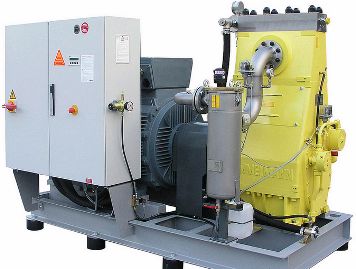Features of the development of modern electric propulsion
The tasks of improving a modern electric drive
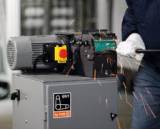 In connection with the collapse of the USSR and the restructuring of society, significant changes occurred in the organization of the work of the electrical industry in Russia. During the period of intensive development of the electrotechnical industry, new factories for the production of components for electric drives were built mainly in the Union Republics. Therefore, after the collapse of the USSR, many electrotechnical enterprises found themselves outside of Russia, which necessitated a restructuring of the structure of the electrotechnical industry, as a result of which many factories changed and expanded the range of products.
In connection with the collapse of the USSR and the restructuring of society, significant changes occurred in the organization of the work of the electrical industry in Russia. During the period of intensive development of the electrotechnical industry, new factories for the production of components for electric drives were built mainly in the Union Republics. Therefore, after the collapse of the USSR, many electrotechnical enterprises found themselves outside of Russia, which necessitated a restructuring of the structure of the electrotechnical industry, as a result of which many factories changed and expanded the range of products.
The decline in the volume of industrial products from Russian enterprises at the end of the 20th century led to a decrease in electricity consumption in the country. In the period from 1986 to 2001, the reduction in electricity consumption in Russia occurred by 18% (from 1082.2 billion kWh to 888 billion kWh), and in the CIS countries it was even more — by 24% (from 1673.5 billion kWh to 1275 billion kWh).This led to a decrease in the need for new electric drives, which affected the pace of their development.
However, at the end of the 20th century in Russia automated movement powered by electricity remains a major consumer of electrical energy and continues to develop as a branch of electrical engineering and as one of the main directions of electrical engineering. Thanks to the achievements of the electrical industry in the field of creating electrical machines, transformers, electrical devices, energy conversion equipment, the modern electric drive is able to meet the high requirements for automation of the mechanisms and technological lines it serves.
The analysis of the current state of industrial electrification and the development of integrated automation systems shows that their basis is a variable electric drive, which is increasingly used in all spheres of life and activity of society — from industrial production to the sphere of everyday life.
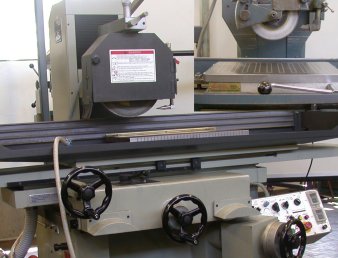
Due to the continuous improvement of the technical characteristics of electric drives, they are the basis of modern technical progress in all areas of application. At the same time, a number of peculiarities are observed in the development of a modern automated electric drive, due to the state of its element base and the needs of production.
The first characteristic of the electric drive at this stage of its development is the expansion of the field of application of the variable electric drive, mainly due to the quantitative and qualitative growth of variable frequency AC drives.
Improvements made in recent years in thyristor and transistor frequency converters have led to the intensive development of adjustable electric drives using asynchronous electric motors with a simpler design and with lower metal consumption, leading to the displacement of controllable direct current electric drives, which currently have a predominant application in Russia.
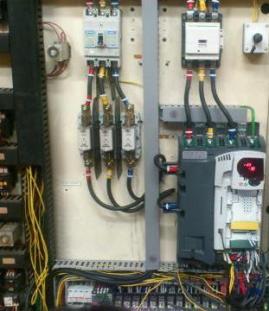
The second characteristic of the development of modern electric drive is increased requirements for dynamic and static indicators of electric drive, expansion and complication of its functions related to the management of technological installations and processes... The development of electric drive follows the path of creating digital control systems and expanding the use of modern microprocessor technology.
This leads to the complexity of electric drive systems, therefore, the correct determination of tasks that can be effectively solved using modern microprocessor controllers.
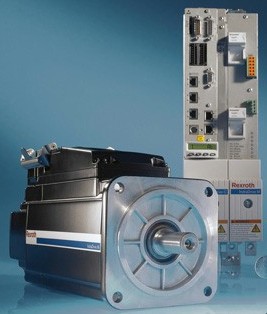
The third characteristic of the development of an electric drive is the desire to unify its element base, create complete electric drives using modern microelectronics and block-module principle... The implementation of this basis is the process of further development and improvement of complete electric drives using frequency control systems for AC motors.
The fourth characteristic of the development of a modern electric drive is its widespread use for the implementation of energy-saving technologies in the management of production processes... The development of industry determines the growing importance of the automated electric drive as the energy basis for the automation of production processes.
The electric drive is the main consumer of electrical energy. Of the total volume of electricity produced in our country, more than 60% is converted by means of electric drive into mechanical movement, ensuring the operation of machines and mechanisms in all industries and in everyday life. In this regard, the energy indicators of mass electric drives of small and medium power are of great importance in solving technical and economic problems.
The problem of rational, economical consumption of electricity requires special attention today. Accordingly, the development of electric drive requires an urgent solution to the problem of rational design and use of electric drive from the point of view of energy consumption. This problem requires research and development of measures aimed at improving the efficiency of electric drives and organizing the management of technological machines, which reduces their electricity consumption.
The fifth characteristic of the development of the modern electric drive is a desire for an organic fusion of the engine and the mechanism... This requirement is determined by the general trend in the development of technologies aimed at simplifying the kinematic chains of machines and mechanisms, which became possible thanks to the improvement of the systems of adjustable electric drive that is structurally built into the mechanism.
One of the manifestations of this trend is the desire to widely use electric drive without gears... At present, powerful gearless electric drives have been created for roller mills, mine lifting machines, the main mechanisms of excavators and high-speed elevators. These devices use low-speed motors with a nominal speed of rotation from 8 to 120 rpm. Despite the increased size and weight of such motors, the use of electric drives with direct drive compared to gears is justified by their greater reliability and speed.
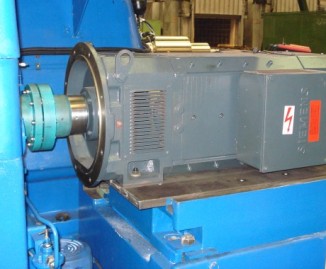
The current state, long-term tasks and trends in the development of an electric drive determine the need to improve its element base.
Prospects for the development of the element base of the electric drive
Considering the development of modern electric drive, it is necessary to take into account that the objective trend of improving electrical equipment is its complication, due to the increased demand for technological processes and the expansion of consumer properties of electrical products.
Under these conditions, the main task of the development of an electric drive and its control means is the most complete satisfaction of the requirements for automation of working machines, mechanisms and technological lines. At the same time, these possibilities can be implemented most effectively with the help of modern microprocessors. variable speed controllable drives.
Currently, the main task is to expand the application areas of AC drives with variable voltage. Successfully solving this problem allows to increase the electrical equipment of labor, to mechanize and automate many technological installations and processes, which will significantly increase labor productivity.
For this, it is necessary to solve a number of scientific, technical and production problems in the field of electrical engineering, since the development of electric drive systems requires the improvement of elements of mechanical transmissions, electric motors, semiconductor energy converters and microcontrollers.
Improvement of mechanical motion transducers
A comprehensive solution to the issues of improving modern electric drives and electromechanical complexes based on them requires special attention to the design and implementation of mechanical motion converters. There is currently a growing trend to simplify the mechanical devices of process equipment and to complicate their electrical components.
When designing new technological equipment, they tend to use "short" mechanical transmissions and direct drive electric drives.Conducted studies show that in terms of weight and size and efficiency indicators, gearless electric drives are comparable to the weight and size and efficiency indicators of geared electric drives, if not only the electric motor is taken into account, but also the gearbox.
A significant gain in the use of rigid mechanical transmissions and gearless electric drives is the achievement of higher indicators of the quality of the motion control systems for the executive bodies of the machines and the reliability of the mechanisms. This is due to the fact that extended mechanical transmissions covered with feedback significantly limit the bandwidth of the electric drive control system due to the presence of elastic mechanical vibrations.
The simplest mechanical transmissions for general industrial applications usually have several resonant frequencies of elastic vibration due to the flexibility of the teeth, shafts and supports. If we add to this the need to complicate the mechanics due to the use of backlash sampling devices, it becomes obvious that the use of gearless drives will become more and more relevant, especially for high-performance and quality process equipment.
A promising direction in the development of electric drives is the use of linear electric motors, which make it possible to turn off not only the gearbox, but also devices that convert the rotational movement of the rotors of the engines into the translational movement of the working bodies of the machines.An electric drive with a linear motor is an organic part of the overall design of the machine, extremely simplifying its kinematics and creating opportunities for optimal design of machines with translational movement of working bodies.
Recently, technological equipment with electric motors built into the mechanism has been intensively developed. Examples of such devices are:
-
power tool,
-
motors for driving robots and manipulators embedded in articulated joints,
-
electric drives of hoisting winches, in which the motor is structurally combined with a drum that acts as a rotor.
In recent years, domestic and foreign practice has observed a trend towards deeper integration of the electromechanical converter (electric motor) with the working body and some control devices. This is, for example, a motor wheel in a traction electric drive, electrospindle in grinding machines, the shuttle is a translationally moving element of a linear electric drive of weaving equipment, an executive body of a coordinate constructor with a two-coordinate (X, Y) motor.
This trend is progressive because integrated electric drives have lower material consumption, have improved energy characteristics, are compact and easy to use. However, the creation of reliable and economical integrated electric drives must be preceded by comprehensive theoretical and experimental studies, as well as design developments carried out at the modern level, which necessarily include parameter optimization, obtaining reliability estimates.In addition, the work in this direction should be carried out by specialists from different profiles.
See also: Variable electric drive as a means of saving energy

